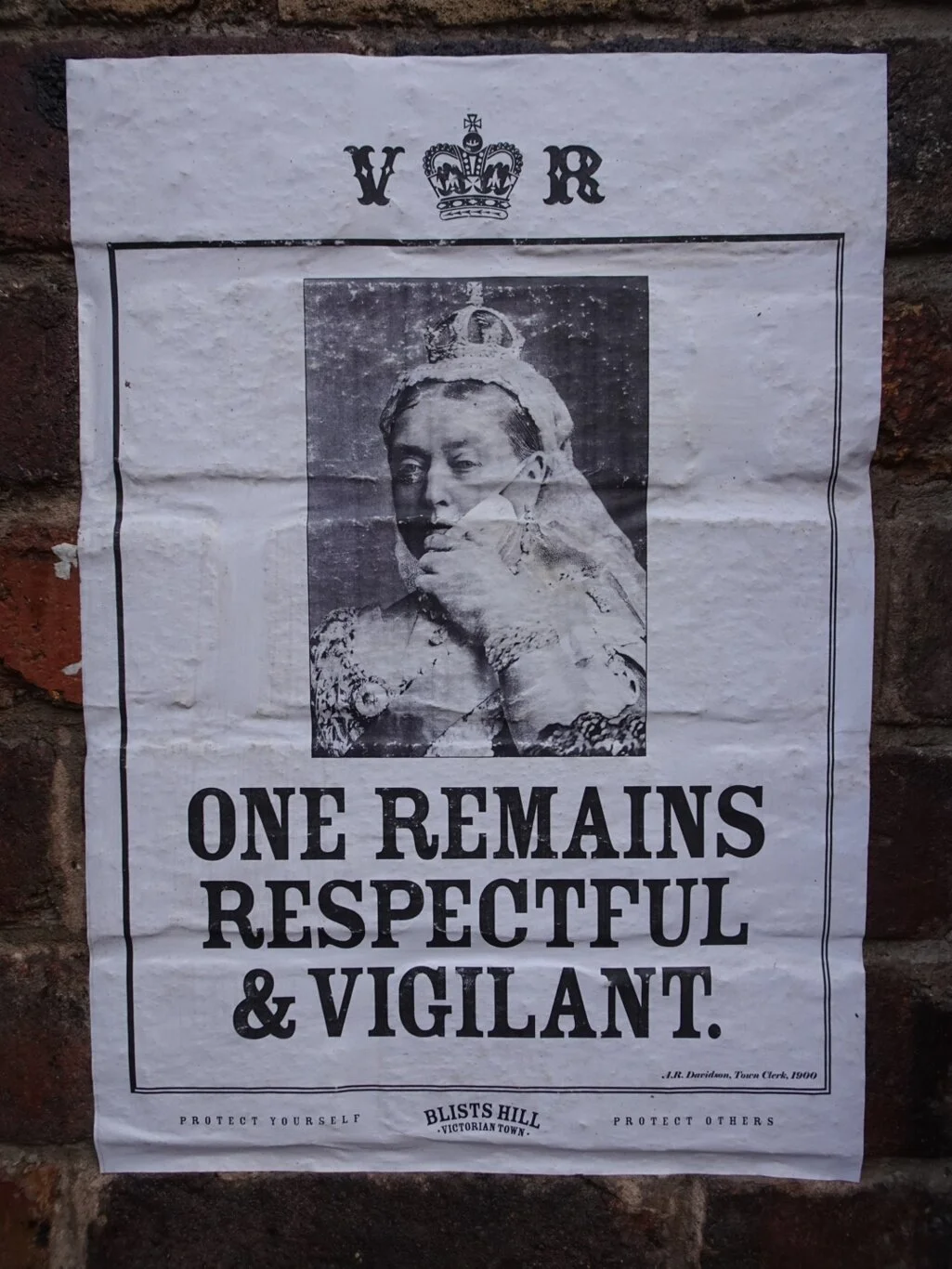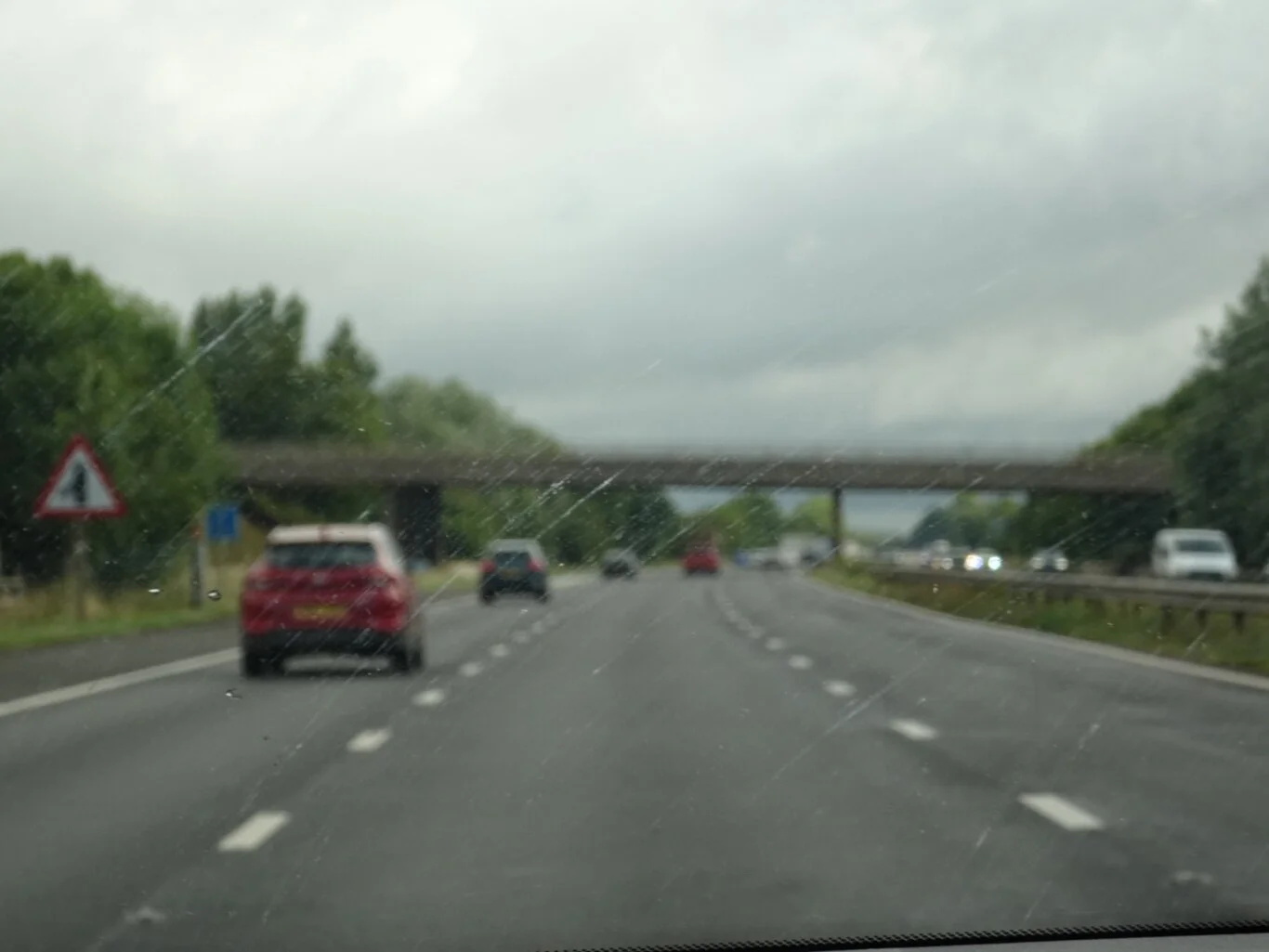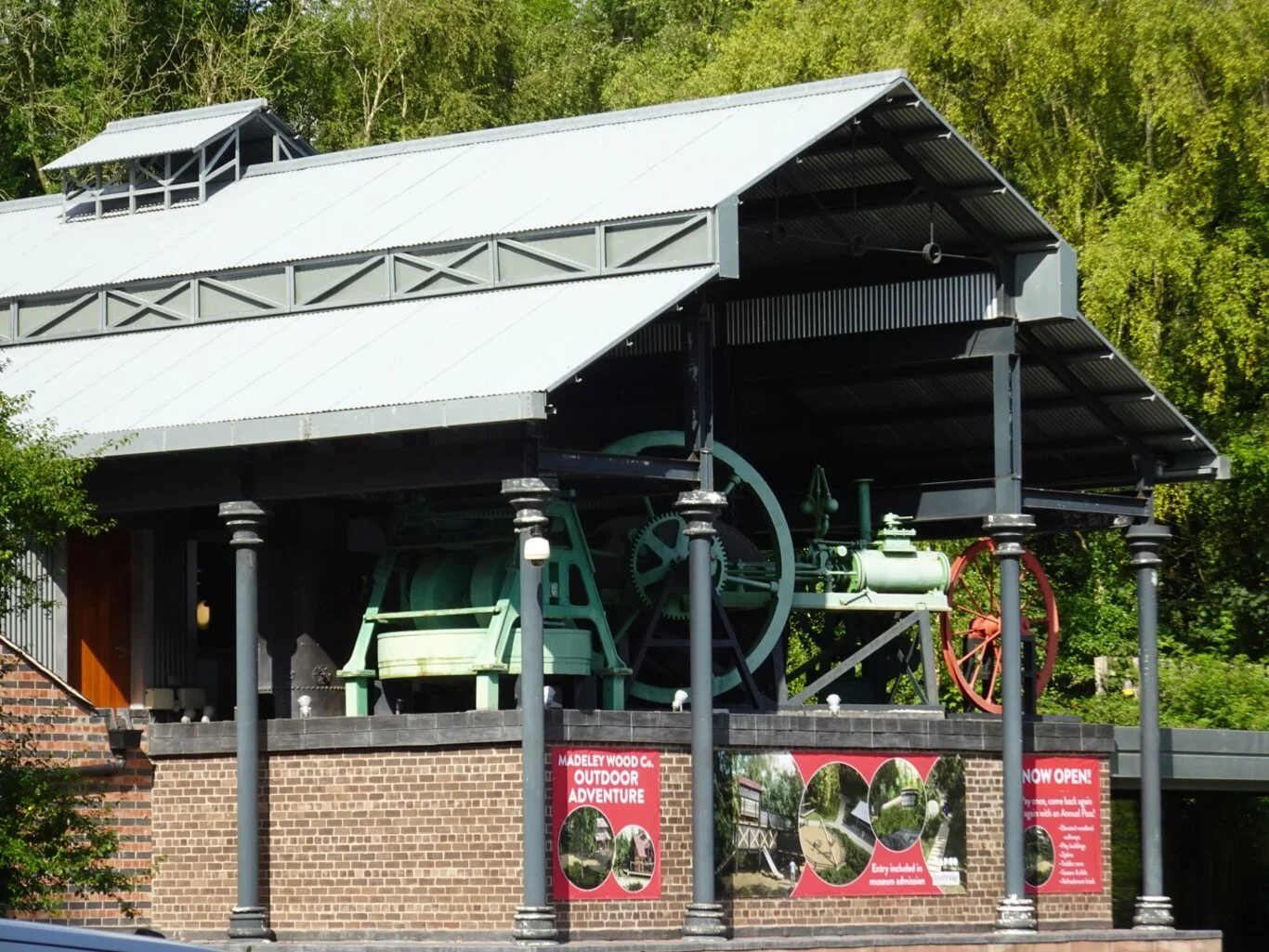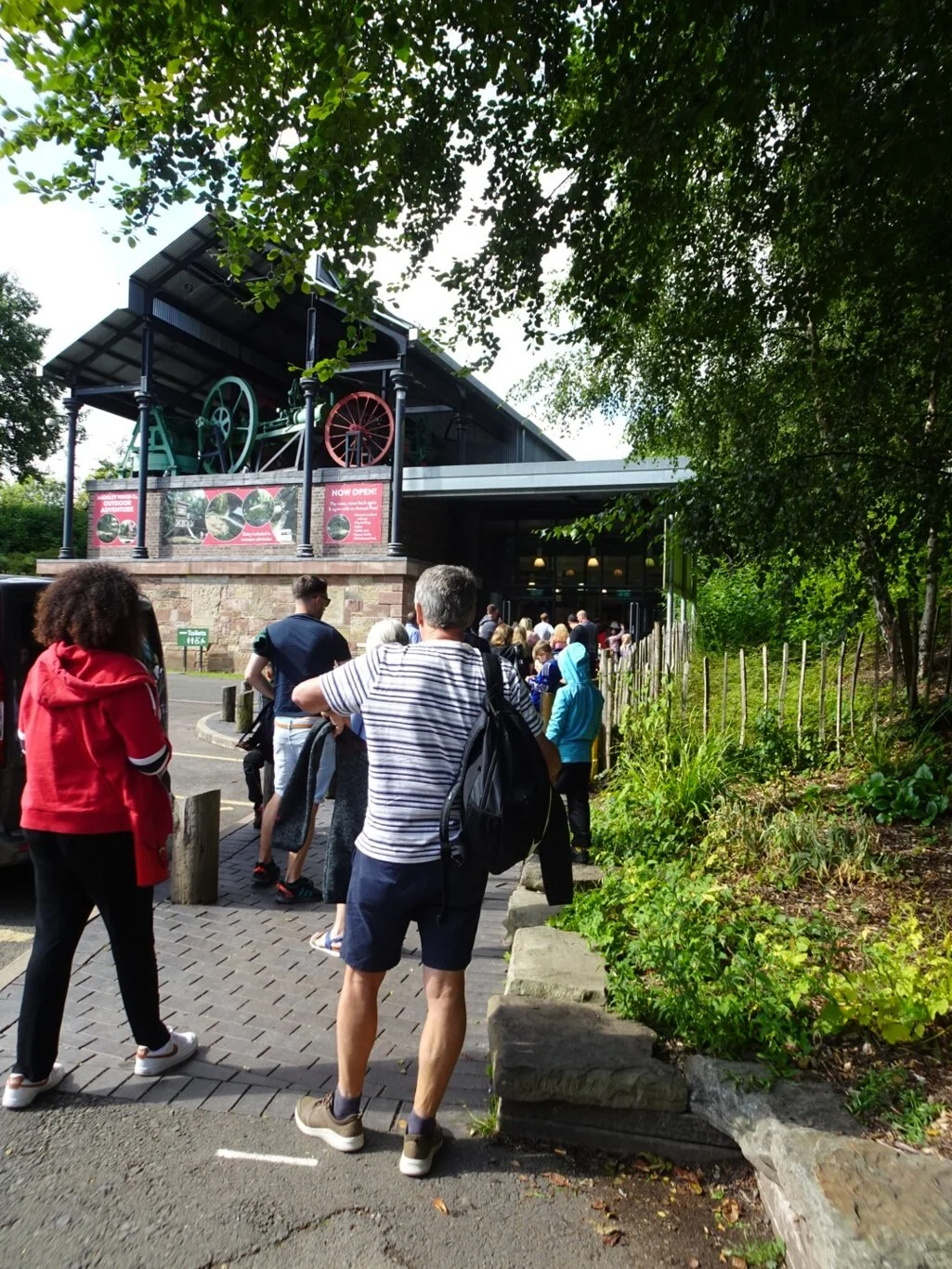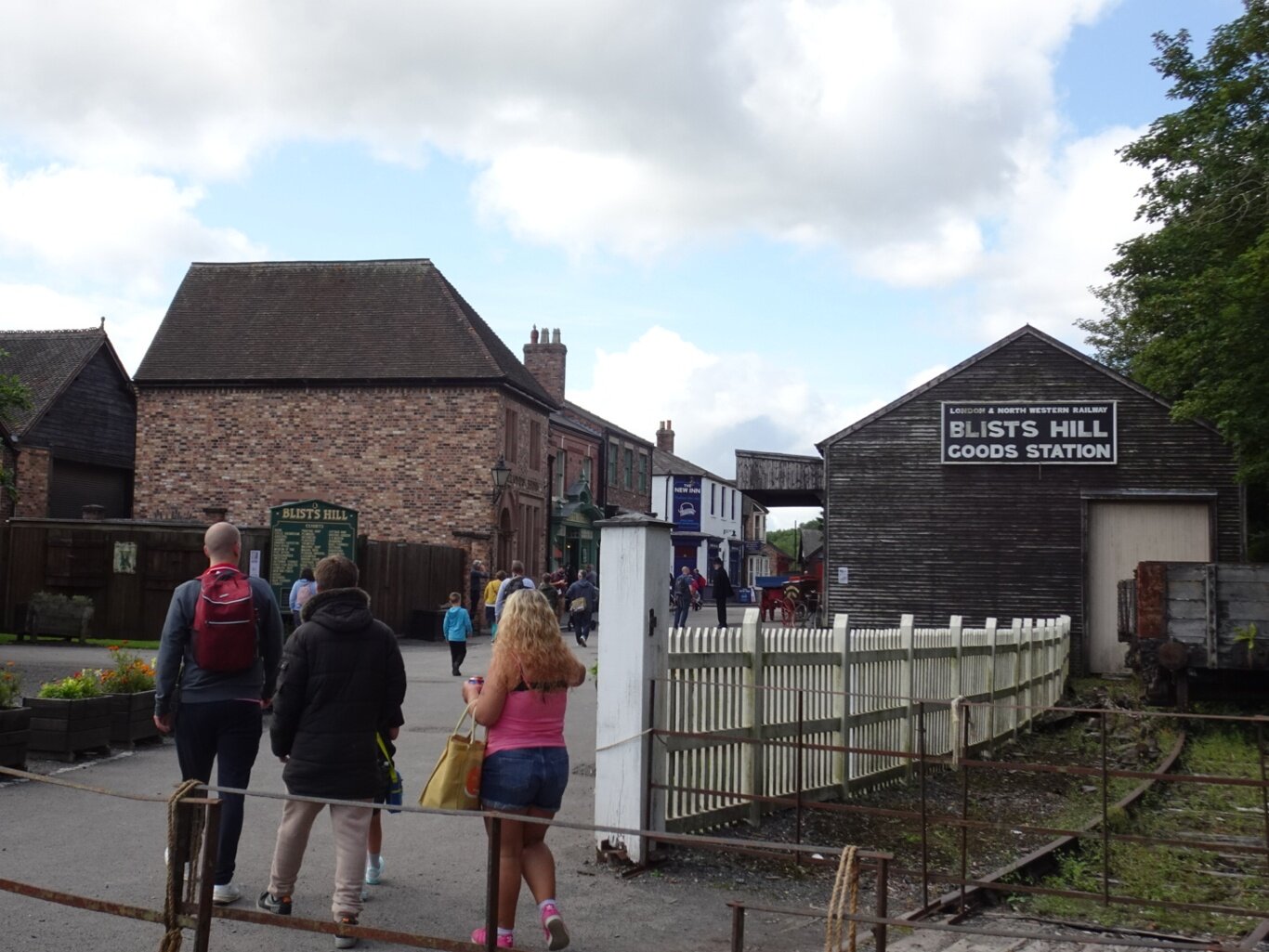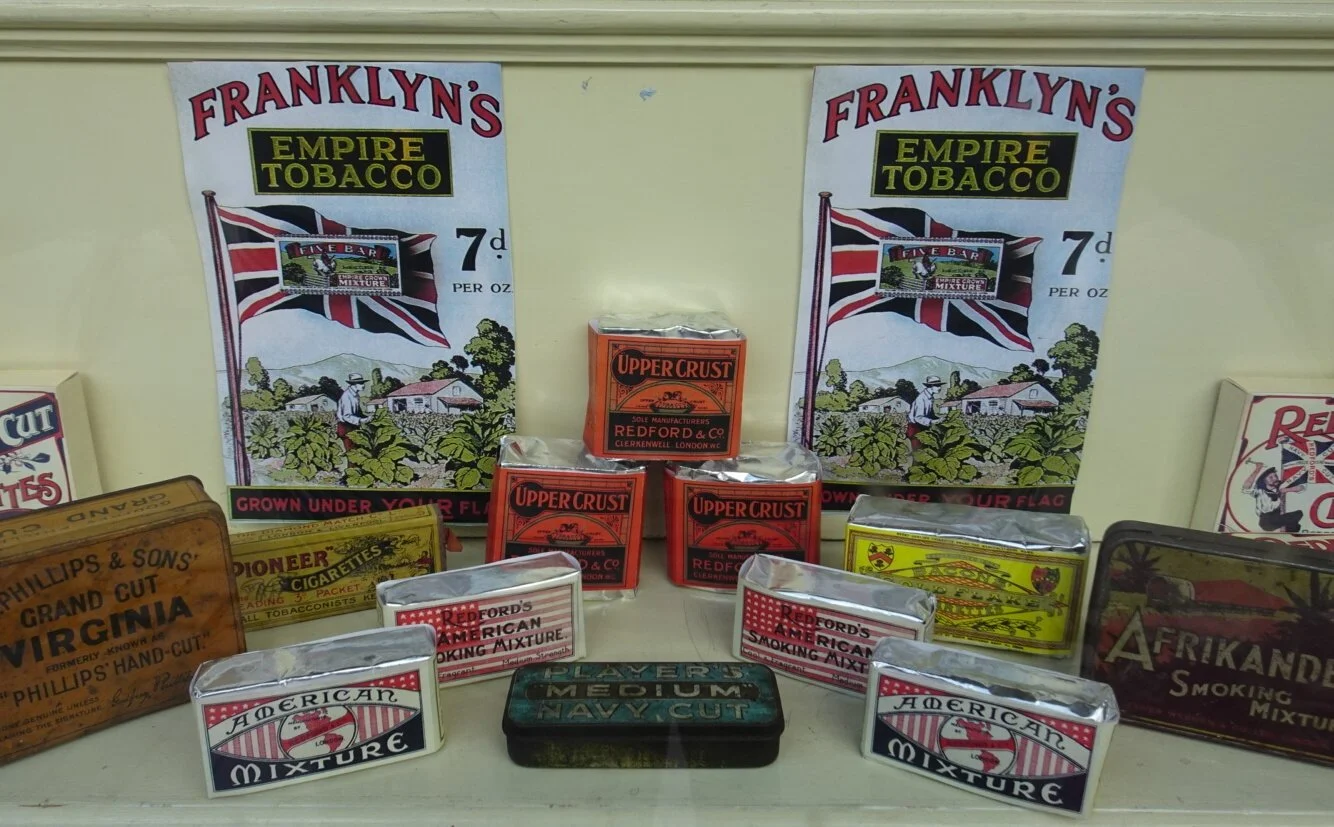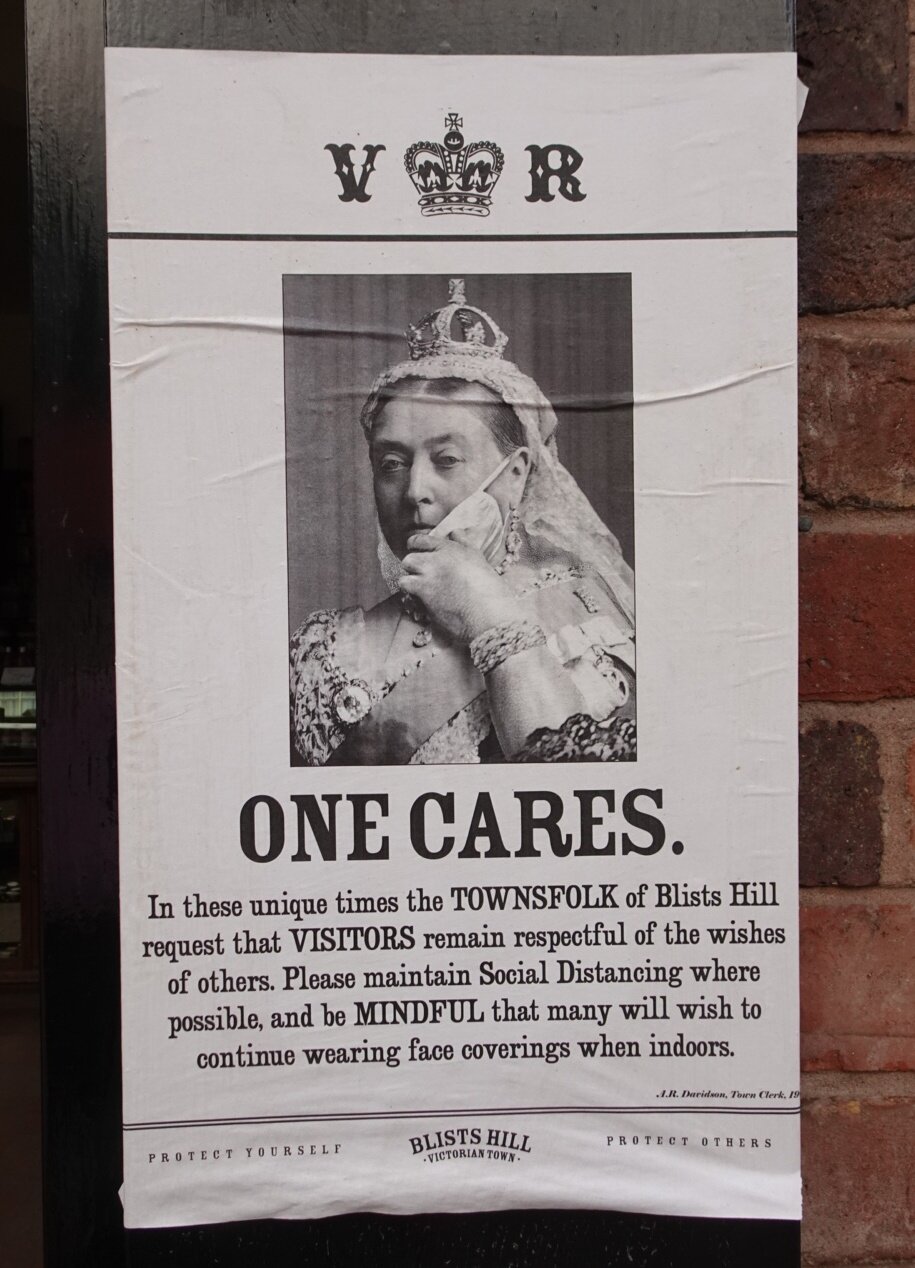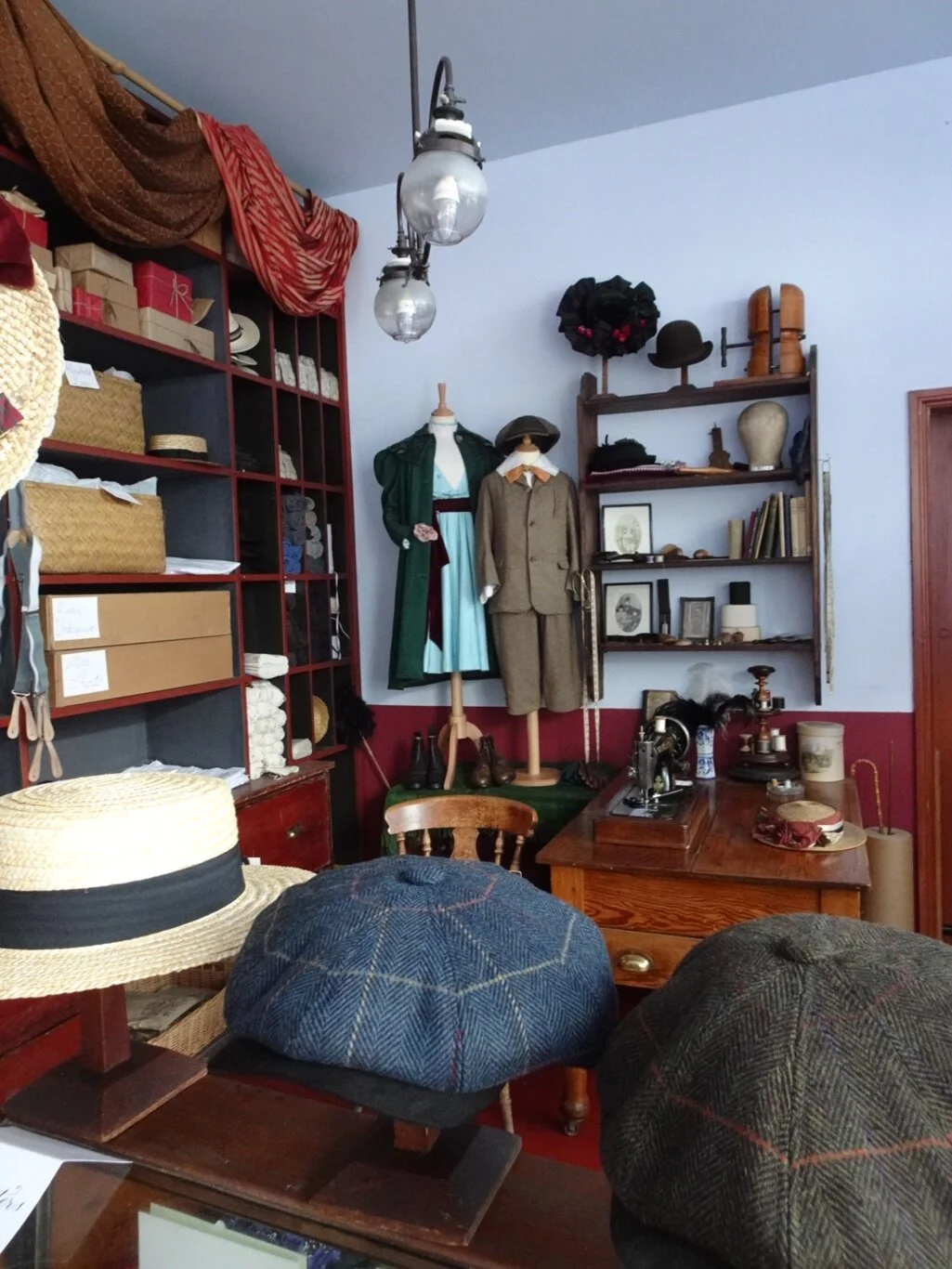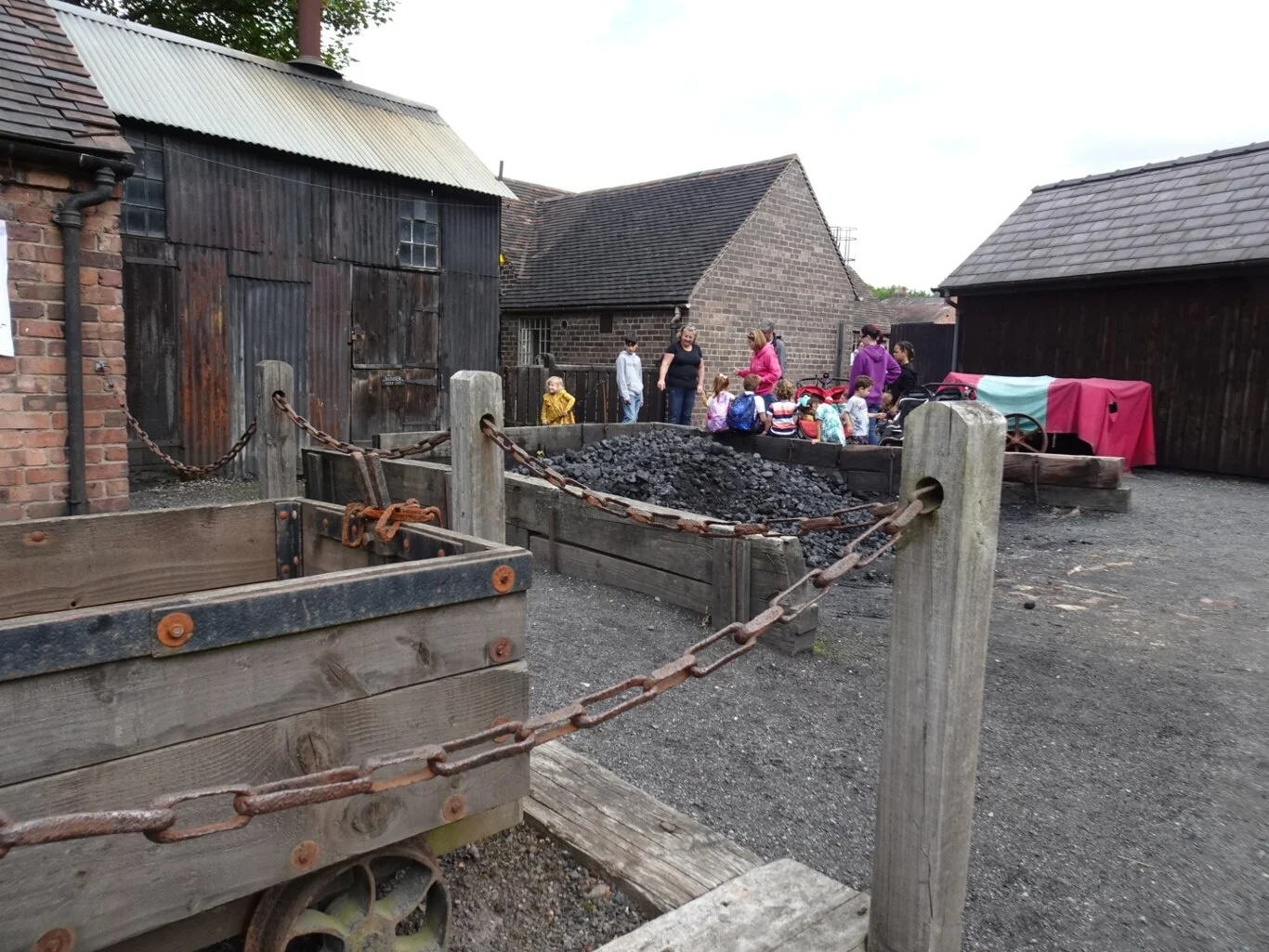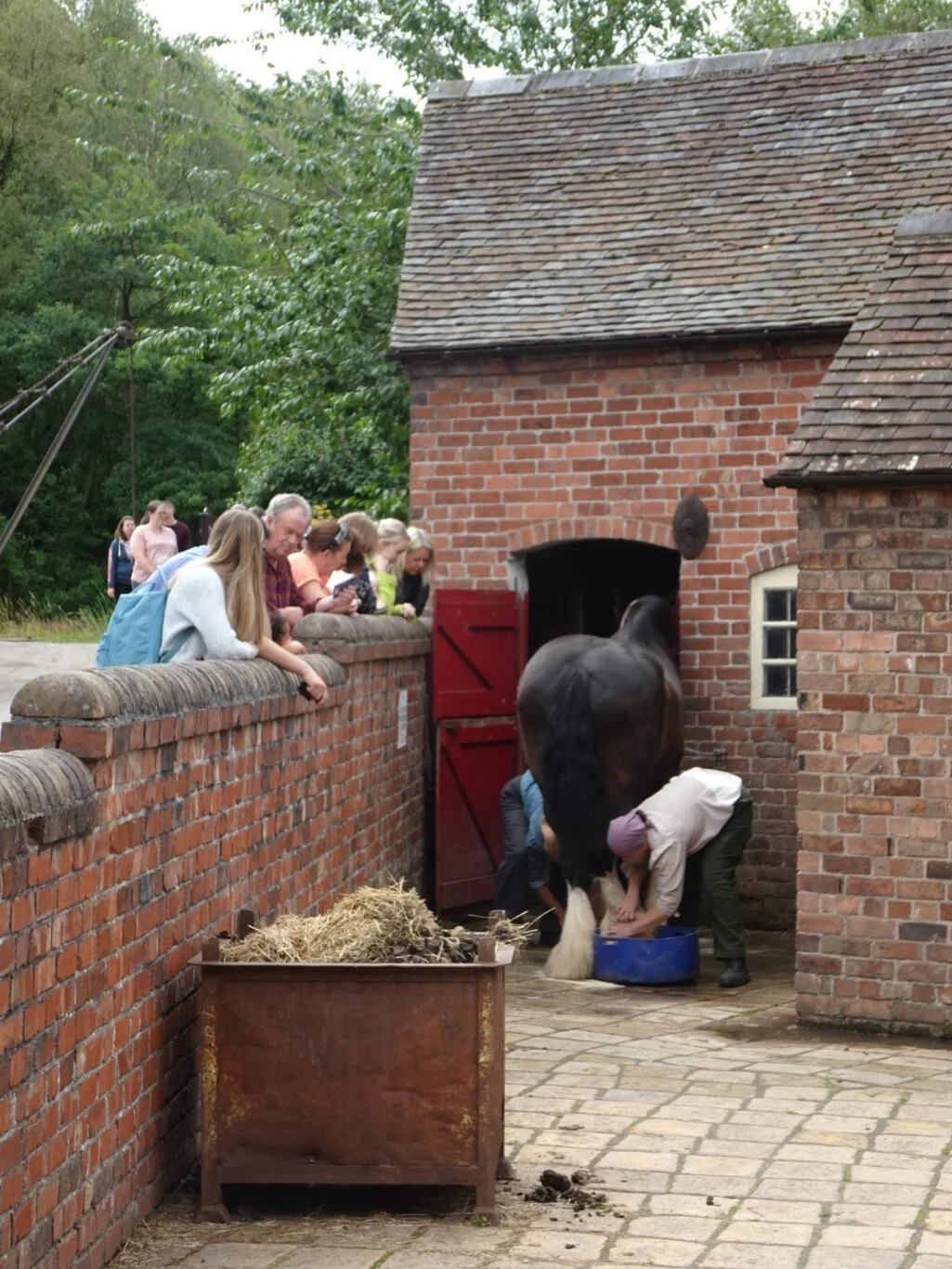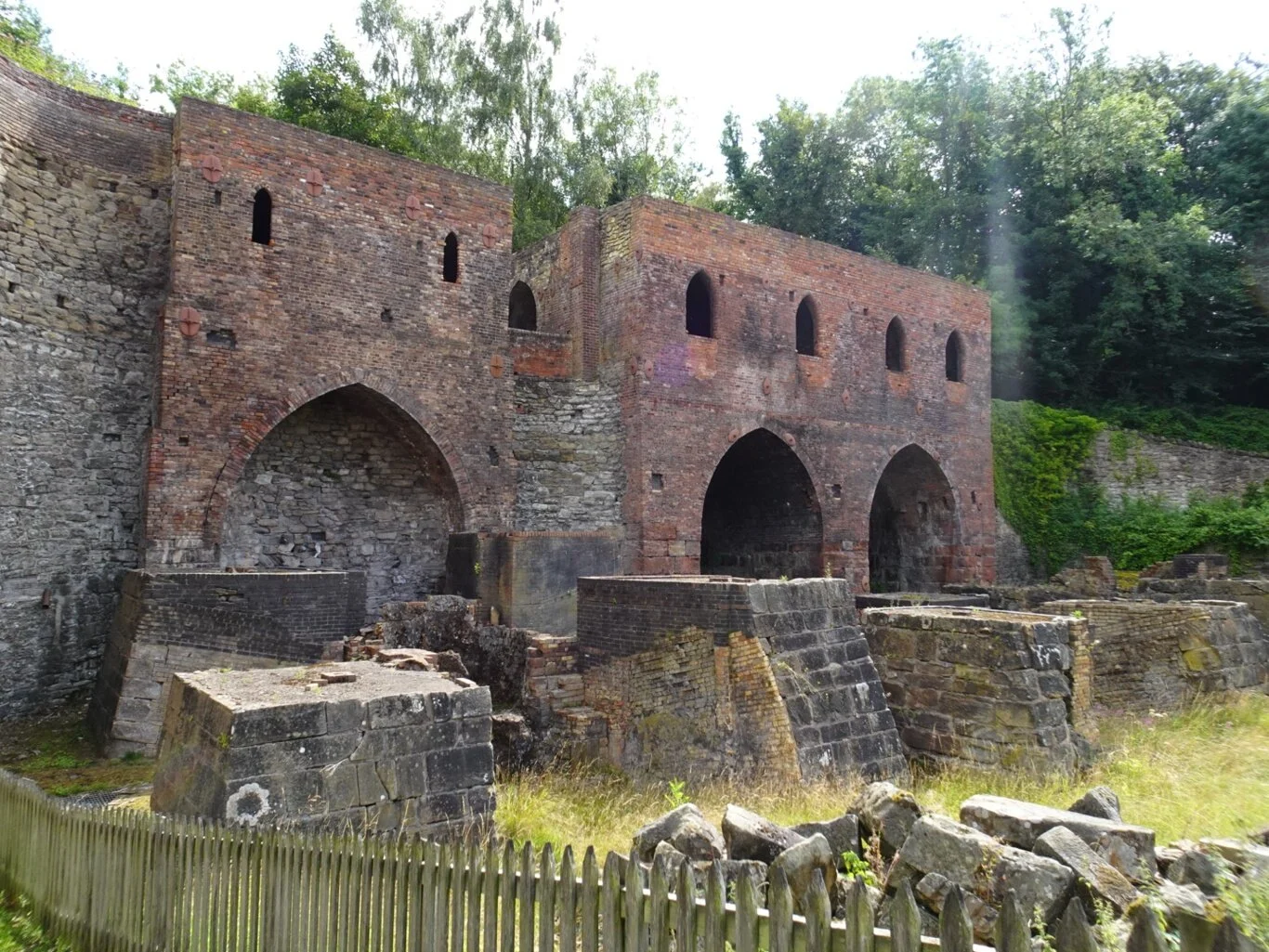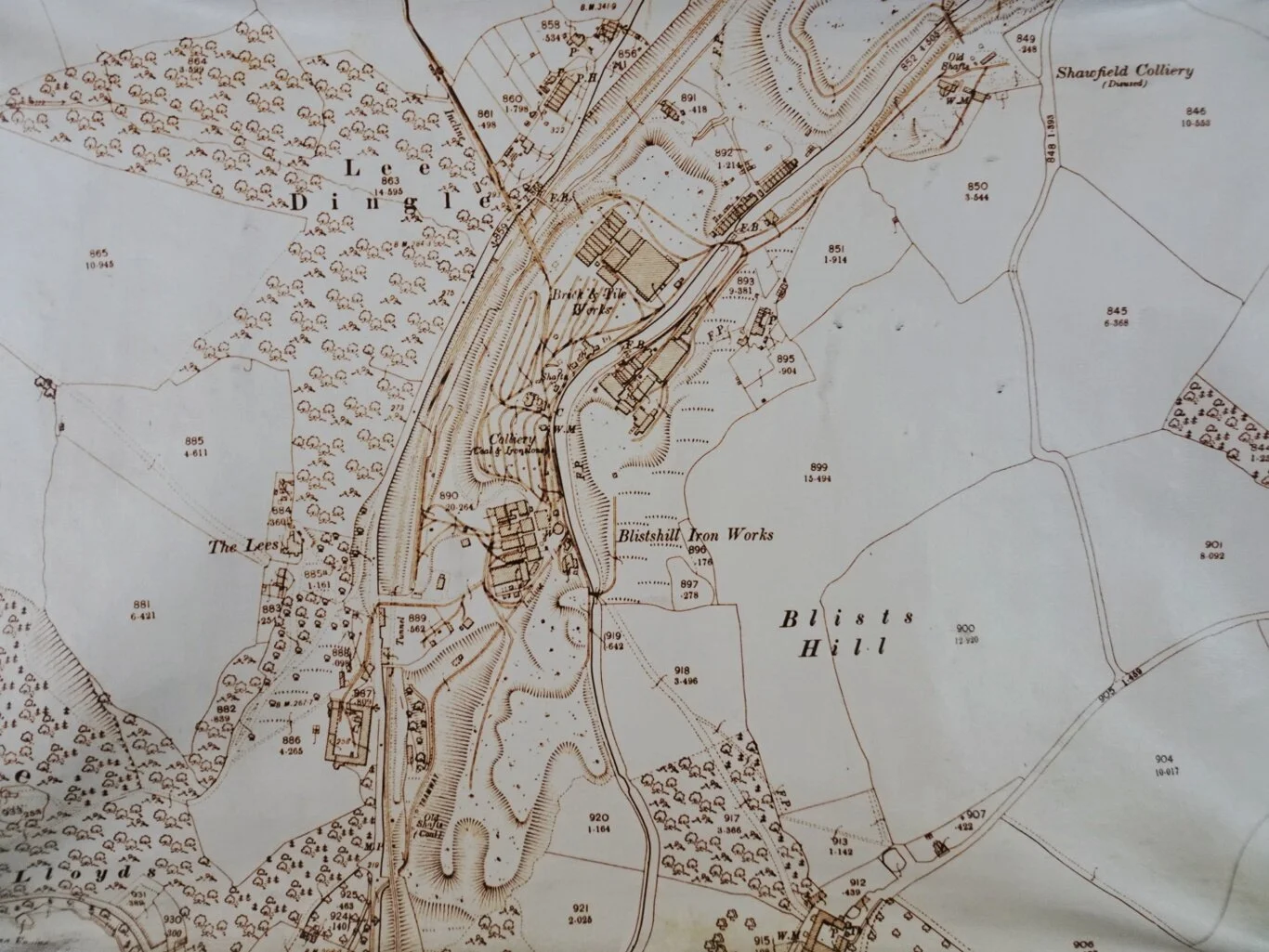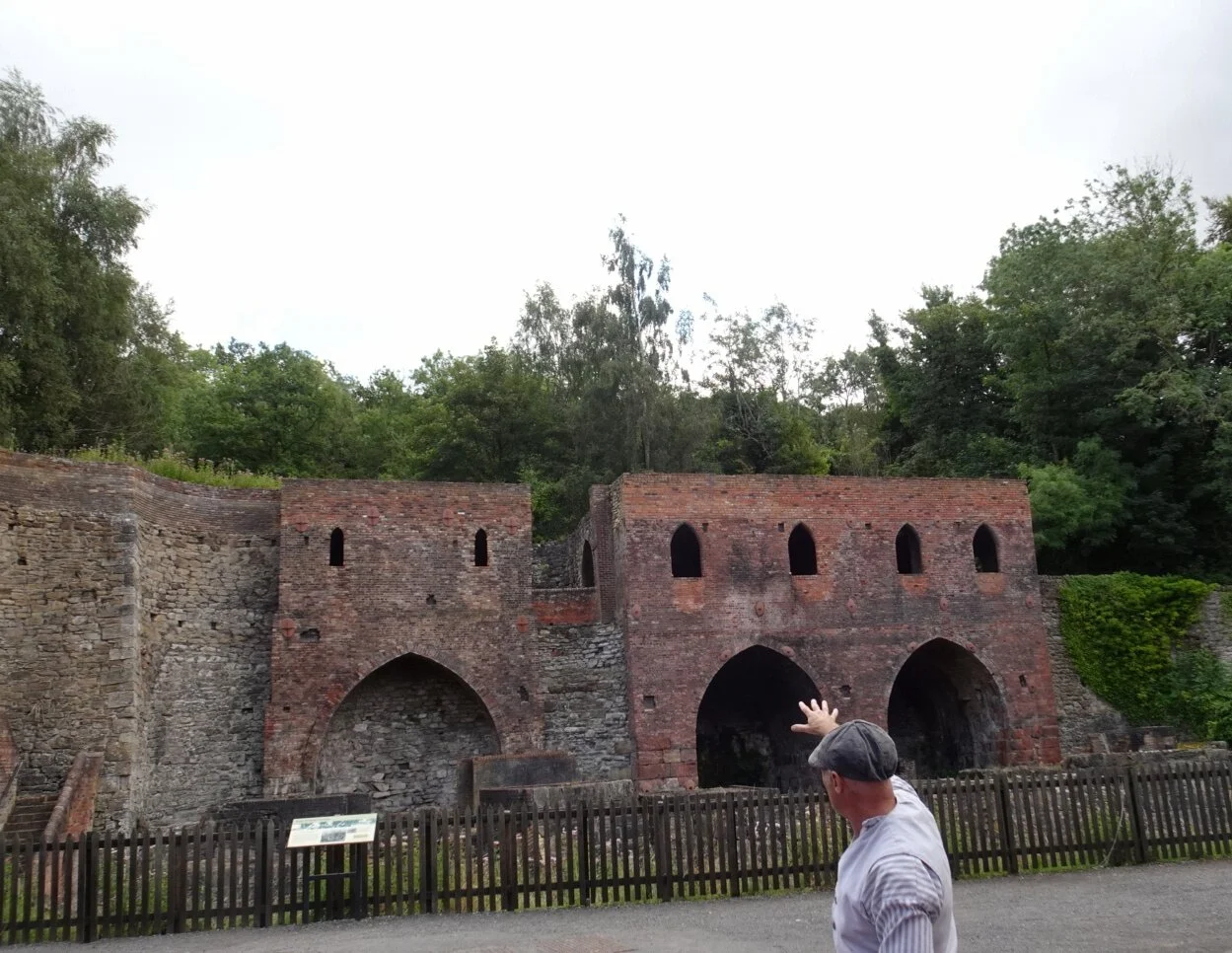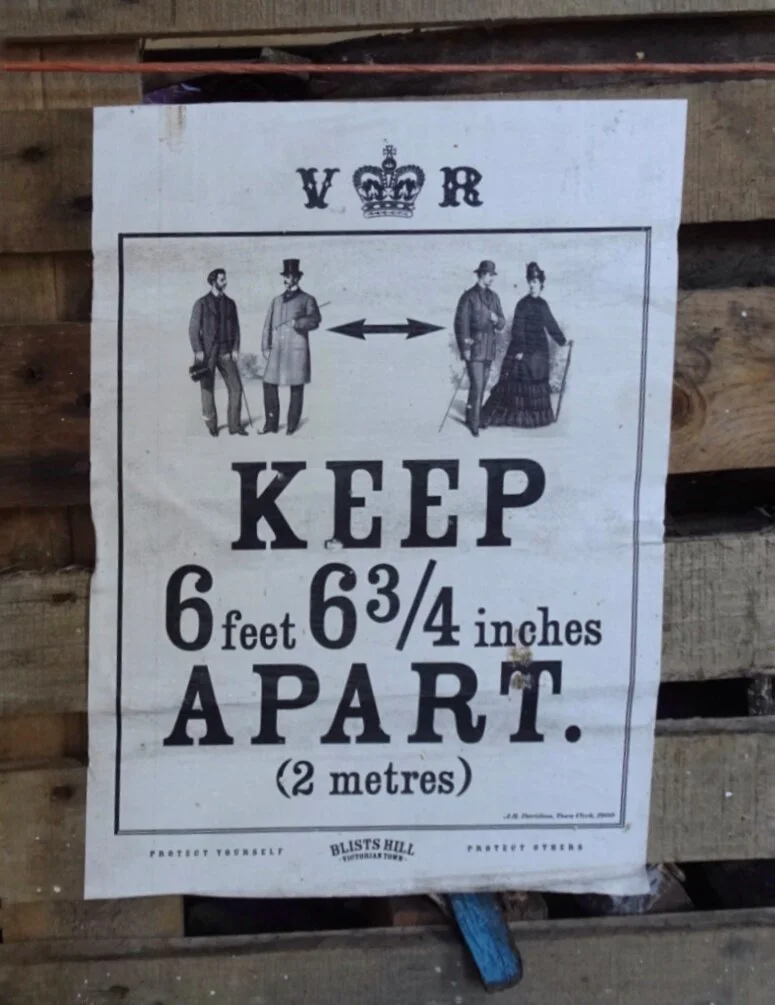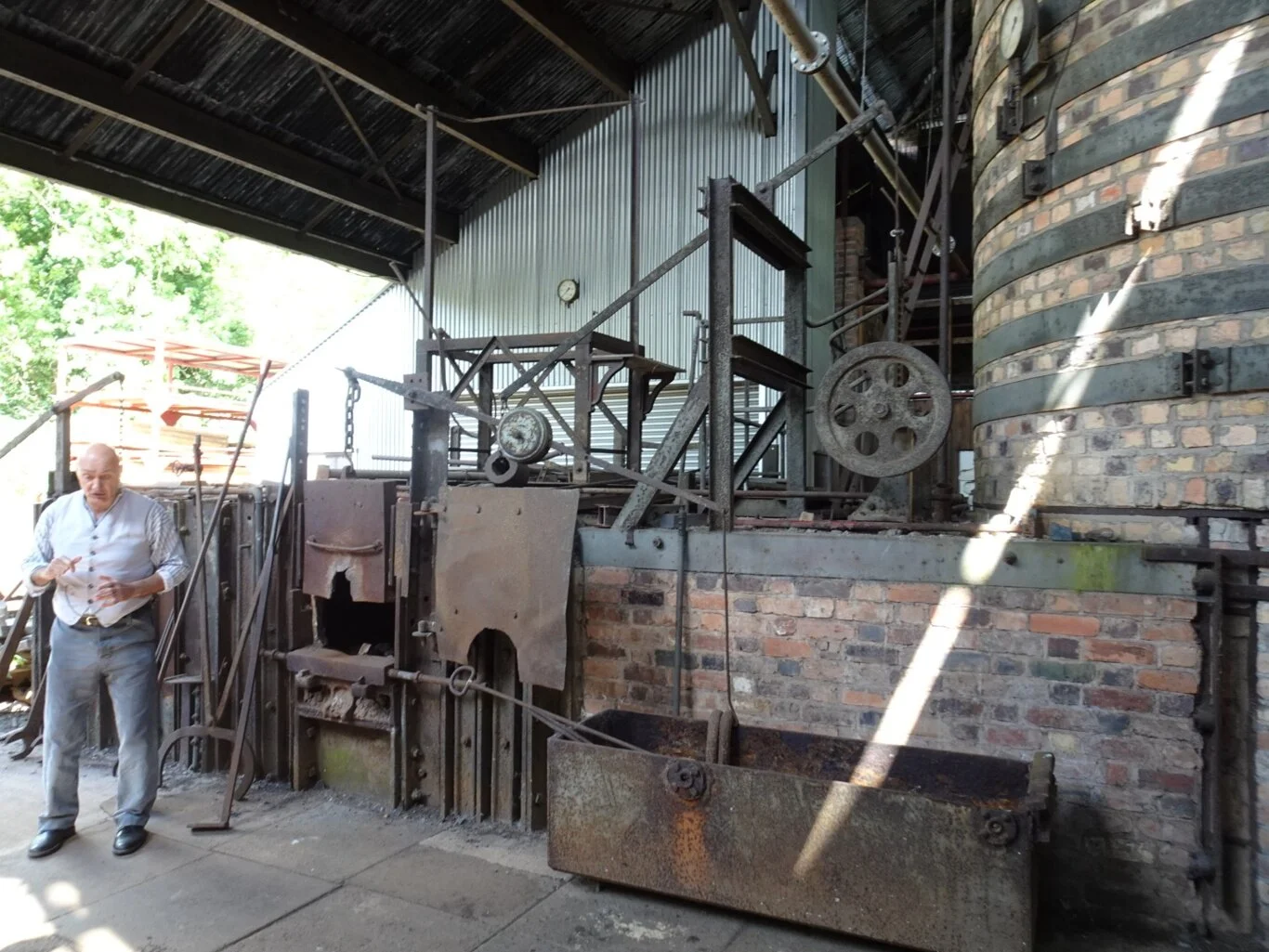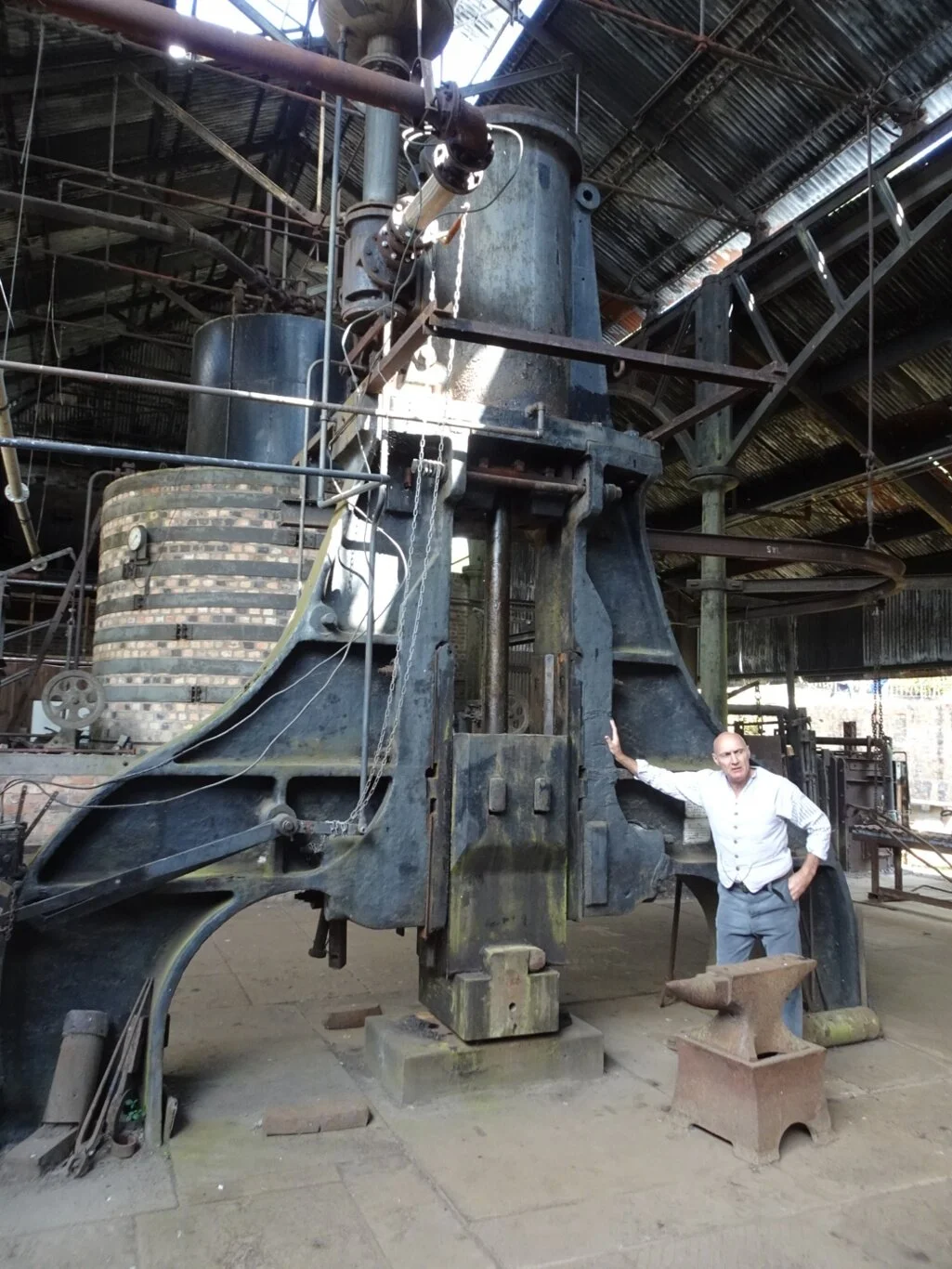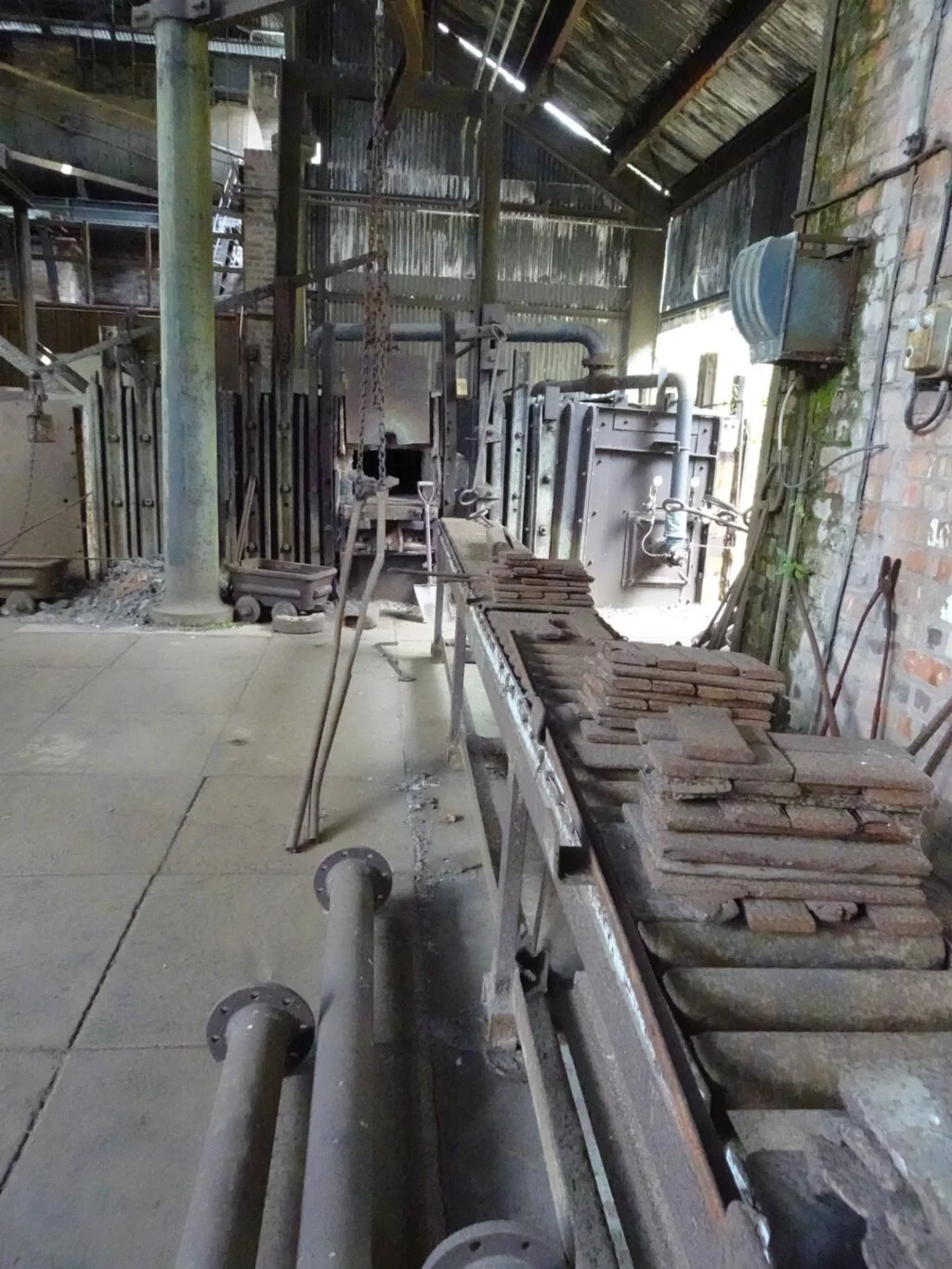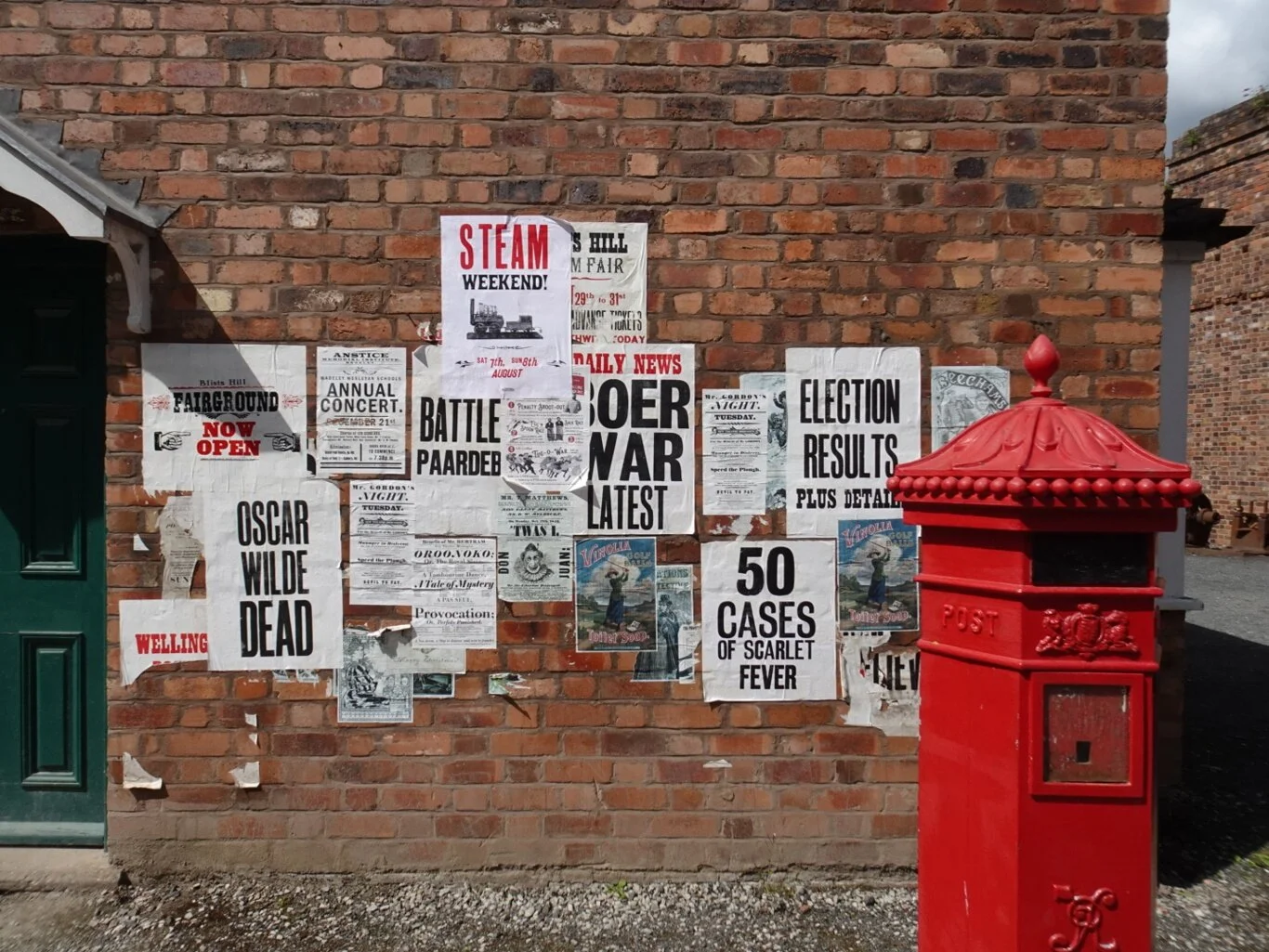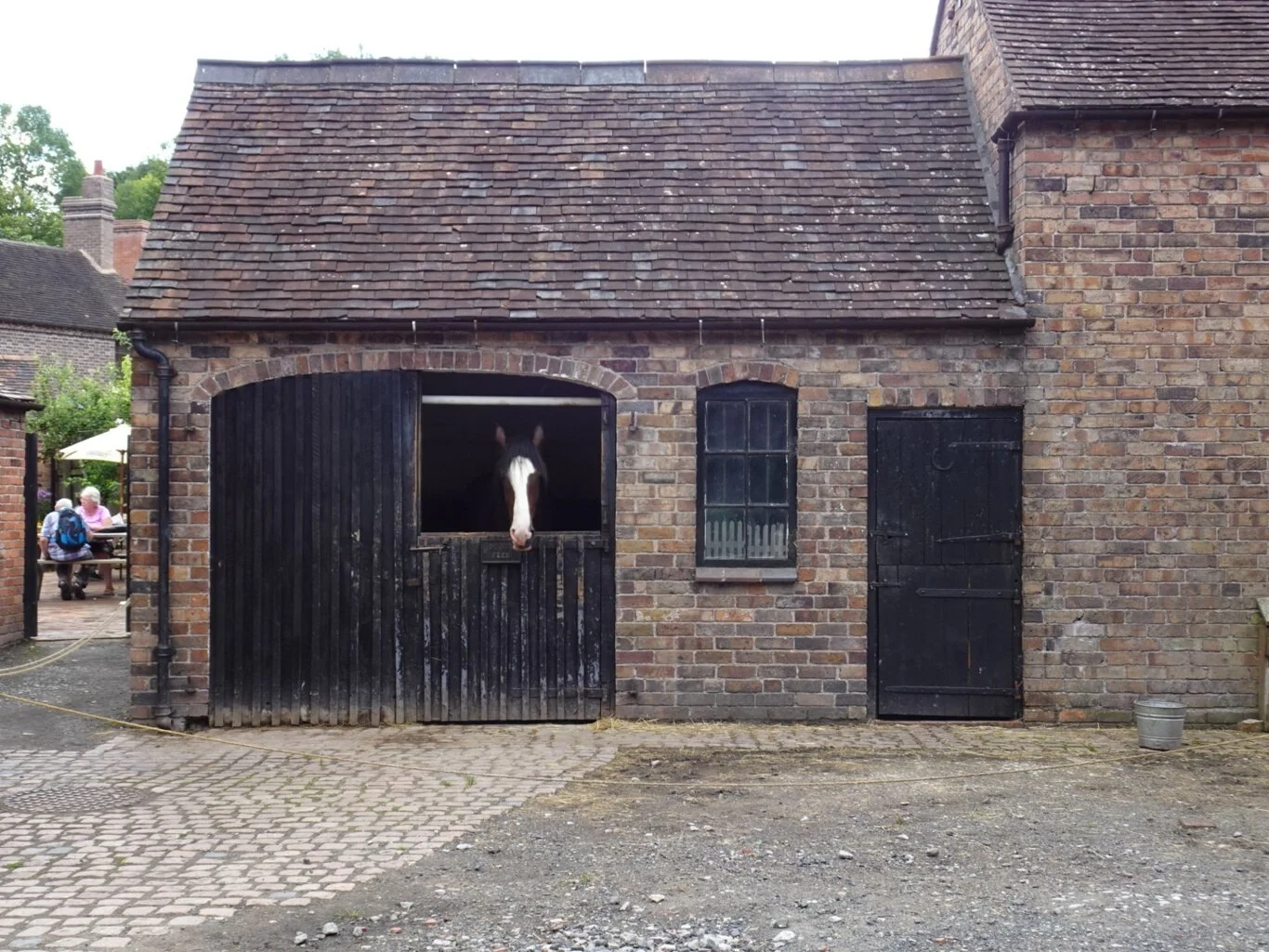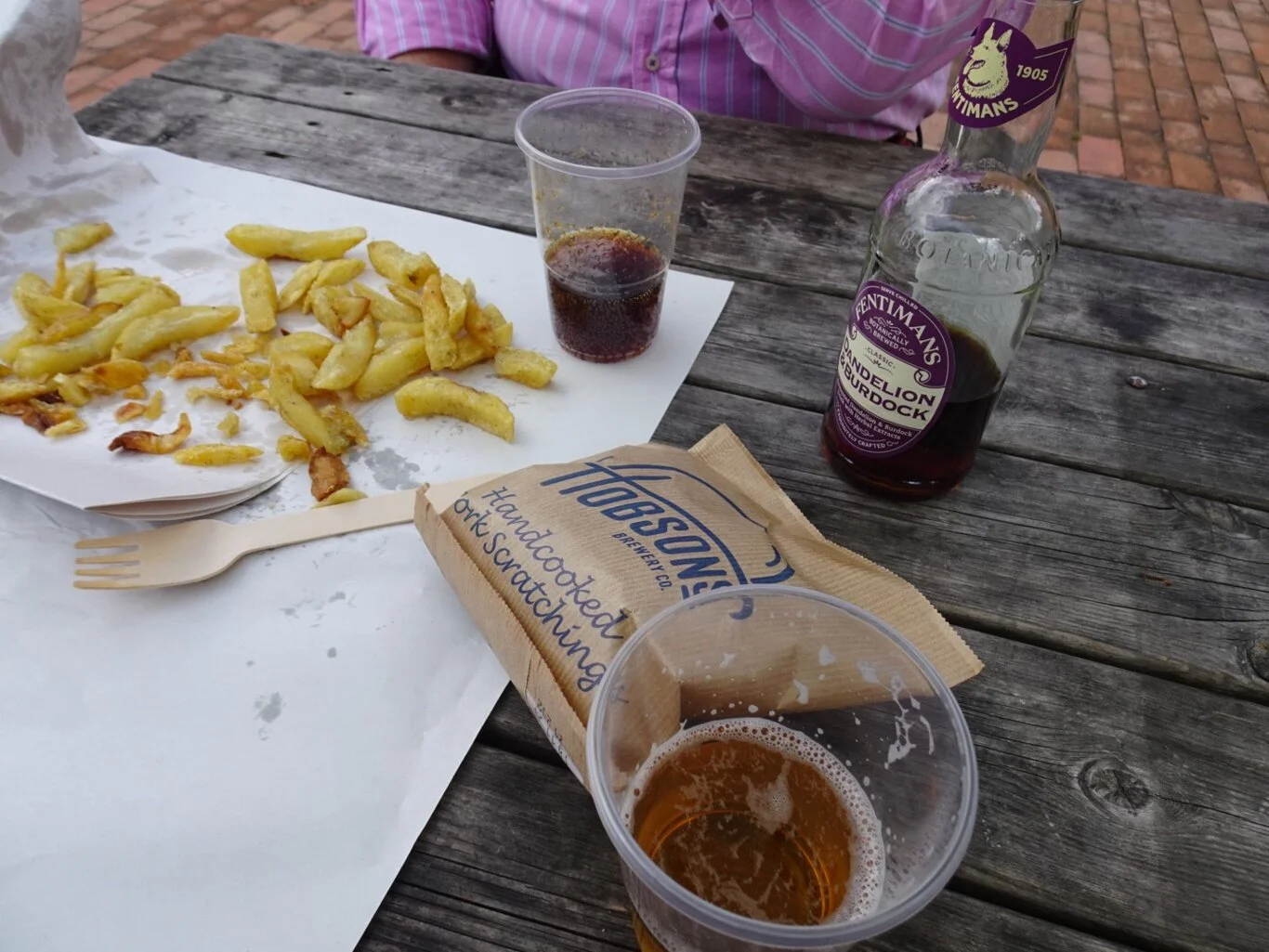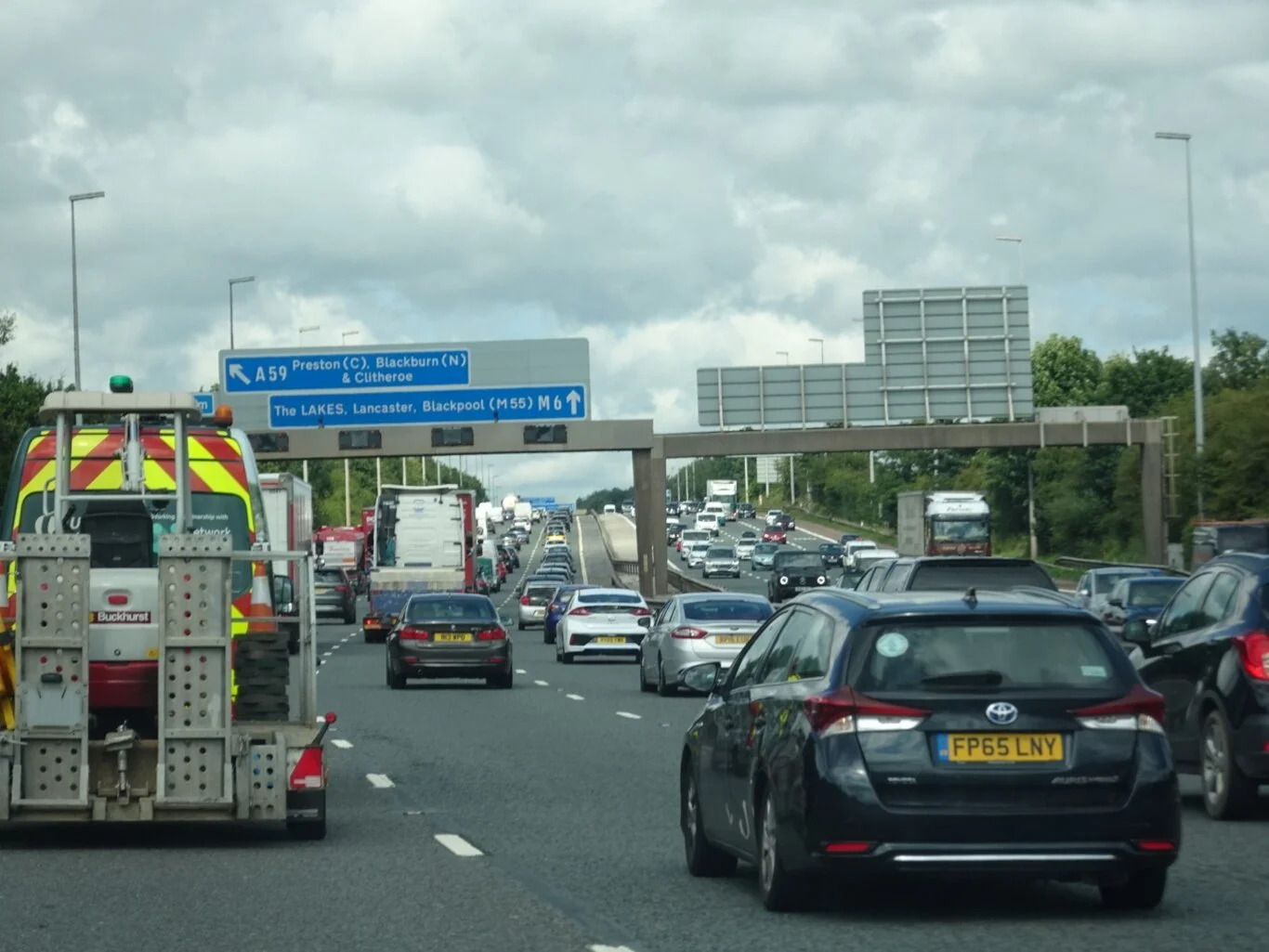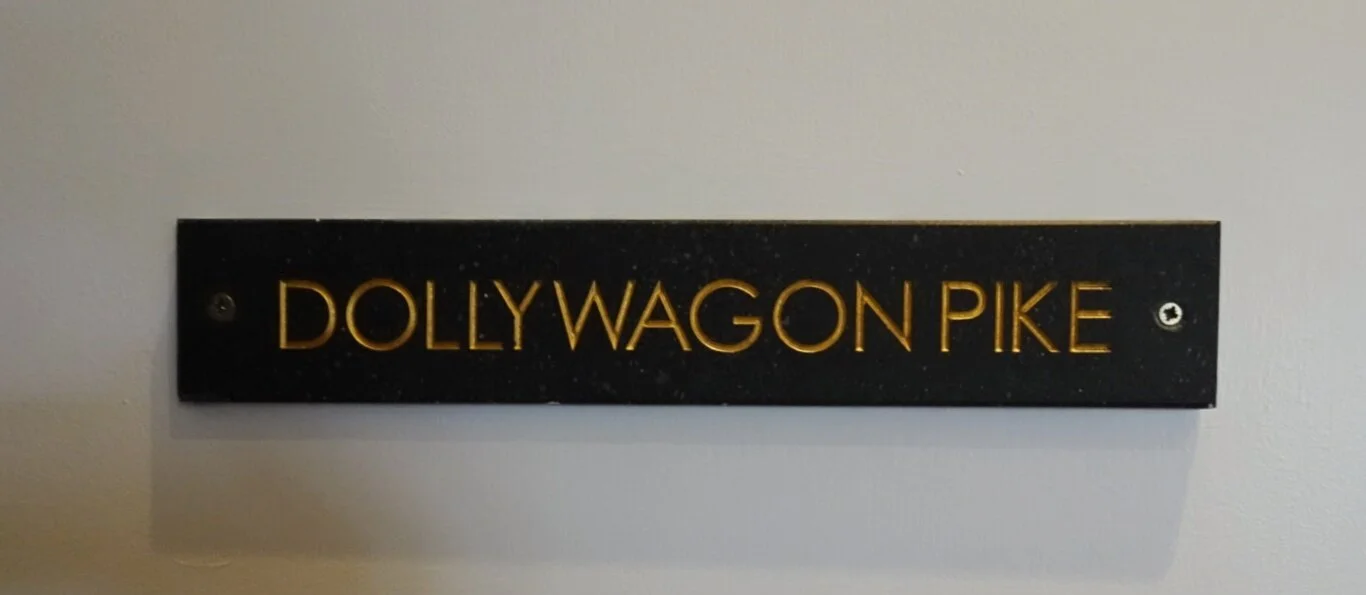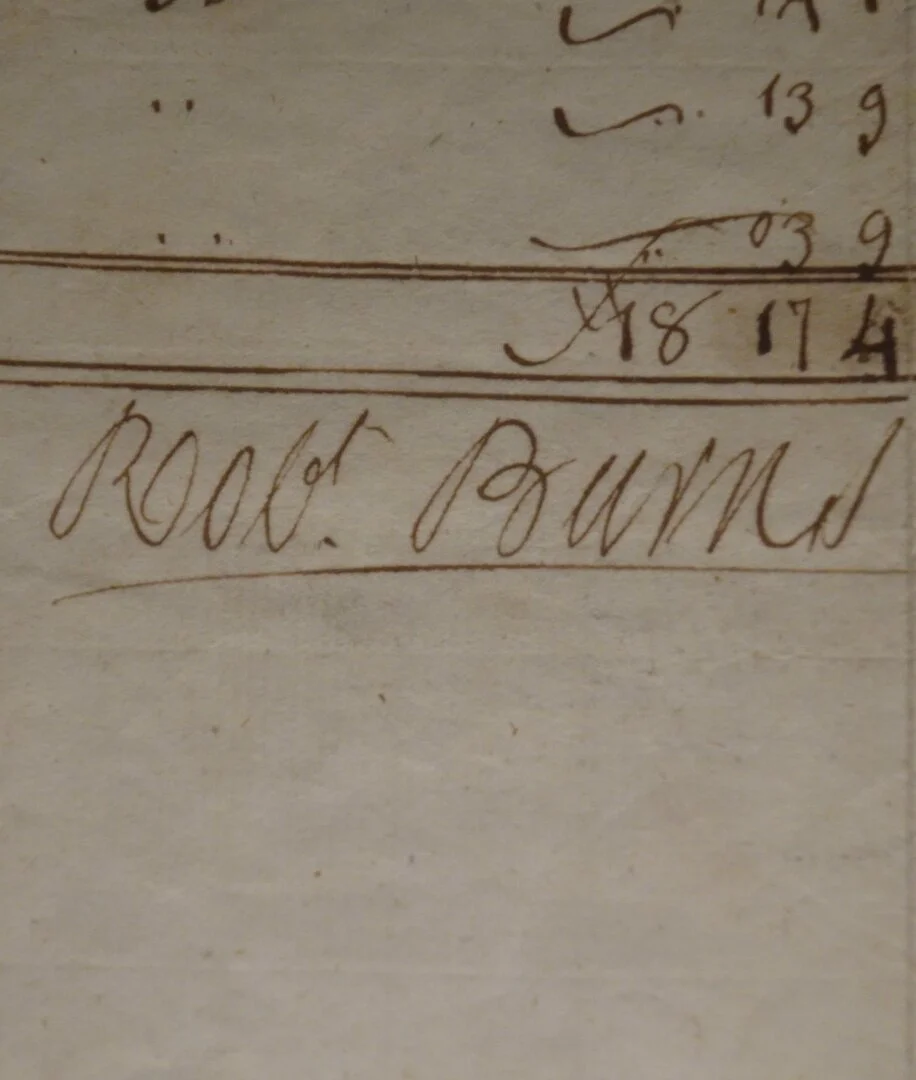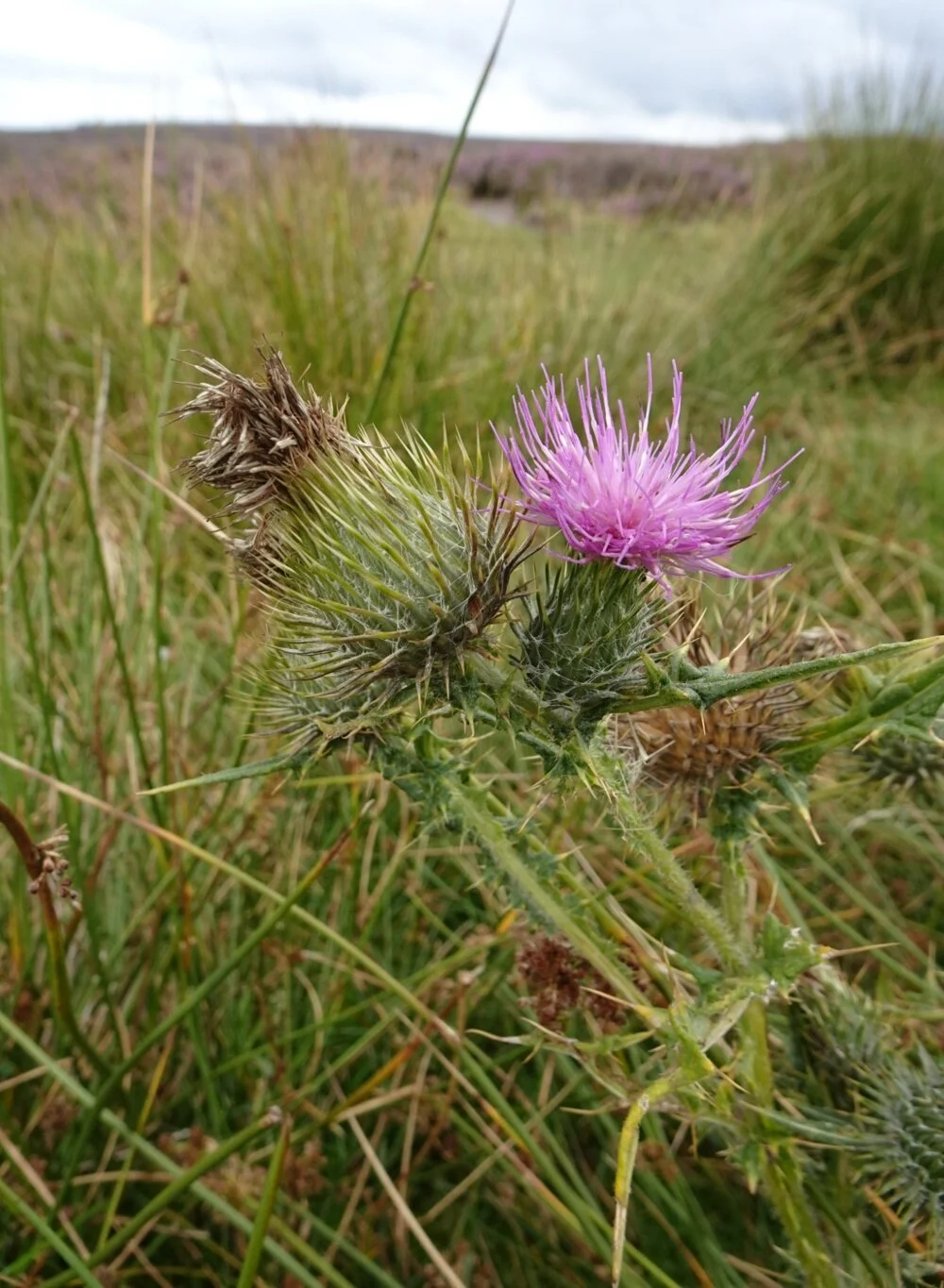Are we nearly there yet?
Setting off on this, our first “proper” trip since the pandemic began, felt a bit strange. I’d struggled with packing my bag, deciding what to take and feeling unusually anxious about flagging up our absence from home. For once, I’m posting this when we are back home again and for the first time, I’m making use of Squarespace’s scheduling option. I’m writing my blog each day as I usually do, whilst everything is fresh in my memory but delaying the upload by a week. I definitely need to find my groove again.
It was a long drive to our eventual destination and we’d already decided that we would treat this like one of our big, US road trips, even though we were staying in Great Britain this time. So I put a map together as we usually do and searched out places to stop en route. First challenge: many places are reopening but remain closed several days a week - and we were setting off on a Monday. So plans to visit Jodrell Bank were thwarted (closed on Mondays) and we decided to stop at Blists Hill instead. Our decision was partly based on this being a broadly outdoor attraction - we were still feeling a little wary of being around too many people again. We booked our ticket time and felt reassured that numbers were limited. Fingers crossed, it wouldn’t be too busy on a Monday morning.
My heart sank when I saw the queue. Not only were there crowds of people - large families mostly - no one was wearing a mask or keeping their distance. Except us. Were we going to be unusual here? Slowly, one by one, those in front of us put on their masks, even the two small boys in the family ahead of us. We felt a bit more reassured.
We began with coffee whilst we decided what to do first, watching as people streamed in the gate. We realised about now how little we knew about Blists Hill. We could have prepared better, to have some kind of an aim in sight. As it was, we simply had a quick look at the map and thought we’d take the simplest, most obvious route and see what we came across along the way.
The first thing - person - was a policeman. He was riding his bike up the main street, dressed in Victorian uniform and stopped just in front of us to speak to a young man, also dressed in Victorian style. Were we going to have to play along with any “interpretation” here? (Not one of our favourite things to do!) Thankfully not. Apart from a brisk “Good Morning!” neither of them had anything to say to us and for that, we were grateful!
The main street was lined with a variety of buildings: shops, a bank, a large goods depot for the nearby railway and we peered in the first shop window, the tobacconist. First thing we noticed was the prevalence of “Empire” amongst the goods on display. Yes, these were the heady days of the British Empire, when much of the world map was coloured pink and Britannia ruled the waves. But whilst sitting in the cafe, reading the small guide and map we’d been given, we’d been reminded that our empire had been founded on inequalities and social divisions. Were we to feel guilty about this? Whoever had put together than rather woke interpretation clearly thought so. Until now, we had probably simply understood it as history.
We smiled as we read the poster in the shop window and temporarily forgot about our modern day obsessions. We continued up the street, choosing mostly to peer in windows rather than go inside the more popular shops which were a little crowded for our liking.
Many of them had goods for sale, such as in this Drapers. Here, there was the possibility to spend the coins obtained from the bank, where an exchange rate was set up and modern day pounds could be changed for Victorian pennies. Several children had small brown envelopes with these coins - a neat way for families to budget their children’s spending I thought.
Actually, the place was really well set up for families with children who were likely to be studying Victorian times in their school curriculum. This group were stopped by the coal merchant and a small boy was explaining to his younger brother that this was the stuff “you put in steam engines”.
A little further along, a groom was tending to a heavy horse, getting him ready for a day’s work. There was to be a harnessing demonstration in a while, I noticed, and this fine chap was presumably going to be the star of the show.
As we wandered up to the “top” of the town (uphill) we wondered how much of this was original and how much had been created here or relocated in order to tell the story. We really ought to have done a bit more research but standing by these brick constructions built into the hillside, we felt sure they must be original.
We were standing outside the office of the manager of the nearby ironworks and a gentleman dressed to play the part greeted us by saying that he was about to lead a free tour of the foundry and if we’d like to join him, then that would be grand.
Why not?
Garth explained that the 11.30 tour was likely to be quiet, that people don’t tend to join in such things until later and sure enough, we were a small group of two couples and a family with two young boys - perfect. He began by explaining the process of making iron in those blast furnaces we’d just been looking at. They were indeed part of the original industry of this town and in the mid 1800s, they would have been working at full capacity, supplying the country with one of the main commodities of the Industrial Revolution.
With more modern day concerns to explain, Garth also explained that though this was technically an “outdoor” tour and didn’t require us to wear masks, we were nevertheless welcome to do so if we felt more comfortable. The four of us oldies went ahead and put them on.
Having gone through the basic ingredients and “reminded” us of the differences between coal and coke, pig iron and wrought iron, skilfully involving the boys in his explanation, we moved over to the puddling furnaces. Here, Garth told us about the best paid job in the ironworks: the puddler. This was a job done by skilled labourers for it involved not only a great deal of manual labour but the ability to judge when the iron had reached the right temperature and consistency for the next stage of the process. They did this by feeling the viscosity of the molten metal and also by the colour. All of this took a heavy toll on their eyesight and their lungs, for staring into the red hot furnace whilst inevitably breathing the vapours from the molten metal meant that the puddlers had a shorter lifespan than most. He also explained that the foundry owners provided tied cottages for the puddlers and their families, so valuable were these workers to the whole business. To avoid the inevitable eviction when the puddler became too sick to work, a family would encourage their sons to follow in father’s footsteps, in that way securing their home and creating a “dynasty”. There were records of the nine puddlers this ironworks had employed: a line of nine fathers and sons, none of whom lived beyond the age of 35.
The Victorians might have been extraordinary engineers but life was indeed tough for most people.
Fresh from the stories of the puddlers, we moved over to the steam hammer, where the puddled iron would be taken to be worked or “wrought”. More stories of the desperately risky working conditions here, of the young boys whose agility meant they were quick enough to brush out any small pieces or metal from underneath before the hammer came down again. With a pressure of 19 tons, they better had be quick - and once again, we were offered yet another example of the Victorian approach to life.
Yes, it was all right for a few lucky ones, but for everyone else life was tough (and cheap).
Garth had done a great job of explaining so much that we didn’t know and we learned a lot. That paragraph about the Empire being founded on social inequality and exploitation was put firmly into context here and it’s surely correct that our youngsters learn that what might have been acceptable practice in Victorian times is pretty shocking now. To be honest, though, I don’t think we ever thought it was…
Glad that we’d taken Garth’s tour and feeling altogether more positive about the place, we mulled over what we’d learned. We hadn’t realised that 70% of the world’s iron had come from here, or understood what a huge difference Abraham Derby’s discovery of coke made to the iron making process. Though we were both familiar with the Victorian engineers who went on to design and build some of the most awe-inspiring machines and constructions of their time, I don’t think either of us realised how developments and discoveries in the iron making process was key to their success.
A little further up the street we spotted a familiar face looking out at us, drawing our attention to possibly something more interesting around the corner. Might that be the pub?
We’d earned a drink we thought, and having seen (and smelled the unmistakeable aroma of) the fish and chip shop around the corner, I went to the bar whilst my hero went to join the queue for a poke of chips to share.
Utterly unhealthy, but delicious!
We were more or less where we’d started now, so exiting by the gift shop as always, saying hello and ‘bye to the Merrythought bears (made just up the road in Ironbridge) it was time to hit the road again.
The M6 wasn’t running at all smoothly this afternoon and neither was the suggested detour along the M61 either, so we were especially glad to reach our destination for the night, the Gilpin hotel near Lake Windermere.
Our room bears the name of a local landmark and is very comfortable. We’re happy to be here and even more delighted to look forward to dinner at Hrishi’s this evening, where the tasting menu is on offer, with wine pairing of course!
Our 2021 road trip is off to a cracking start!







